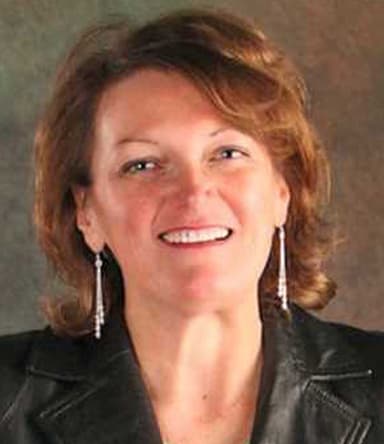
It may seem almost dreamlike: Living within walking distance of gourmet restaurants, horse stables, art galleries, a theater, and a farmers market with food grown just yards away. But these utopic wellness communities are, indeed, real. Now, they’re popping up across the country and giving real estate companies a piece of the profits.
The wellness community market—described as “the next frontier in residential real estate” by the Global Wellness Institute—is worth about $120 billion and growing. In GWI’s recent report, Build Well to Live Well, the nonprofit showed the annual growth of wellness communities at 9 percent, suggesting that by 2020 the overall value will be $153 billion.
As our evolving digital culture has some people feeling more isolated than ever, many home buyers are looking for a renewed community connection, says Marja Williams, who developed the wellness community concept and led a team to create Grow Community, a solar-powered residential development on Bainbridge Island, Wash. Its first phase sold out in six months with very little advertising. As the largest solar community in the state, the average electric bill is less than $10 a month. “This is not a new idea,” Williams says. “It’s just healthier to know your neighbors and to be connected to others.”
With so much growth potential, it’s important for real estate professionals to understand the ins and outs of this wellness lifestyle so they can better market the product. A GWI survey shows a quarter of all respondents in the U.S. with incomes exceeding $75,000 showed great interest in purchasing a property in a wellness community. That translates into well over 1 million potential American buyers—with an expectation for that number to grow substantially over the next 10 years.
The reason for all this enthusiasm comes back to giving people a better connection to the outdoors and to the people living near them. “These places can change people’s lives,” says Garnie Nygren, broker-owner of Serenbe Real Estate in Georgia. Her parents, Steve and Marie Nygren, founded Serenbe, a holistic wellness community 30 minutes outside of Atlanta in the Chattahoochee Hill Country. The first house was built in 2004. Now the community is home to more than 700 people and includes a theater, horse stables, 22 independent restaurants and shops (such as a bike shop, florist, bait shop, and general store), art gallery, and Montessori school. People who move to Serenbe are buying a home with a built-in, pedestrian-oriented environment that encourages neighborhood interactions. In fact, Nygren doesn’t even have a car.
For broker-owners thinking about getting involved in selling wellness properties, they first need to understand what the lifestyle this is all about. Here are some thoughts on what it takes to successfully sell a wellness community.
Be a believer. You truly have to stand behind the project and the builder to sell homes in a wellness community, says Nygren. People you are selling to want to know that you walk the walk.
Become an expert in green construction and walkability lifestyles. Understanding solar energy, community gardens, and all the methodology of a wellness community is important, says Joie Olsen, director of sales at Grow Community. “You have to engage with the people and sell them on what is being created in the community.”
Have faith business will come. Nygren believes that when selling wellness real estate and its lifestyle, that money will follow. “We haven’t had to create sales lines or stories for marketing purposes,” she says. “People want to be here.”
Don’t make assumptions about who’s going to buy. The wellness lifestyle isn’t for everyone, Nygren says. Find the market segment that wants to live close to a farm, have access to nature, and desires a walkable lifestyle. A lot of people assume that only millennials are interested in this type of lifestyle, but boomers are also leading the pack, Nygren says. Plus, many Generation X members want nothing but health and wellness for their children.
Make sure your agents are committed. “I have built a team here, and what we have done over 12 years is sell a lifestyle and sell wellness, and it’s easy for us,” Nygren says. She requires that all her team members live in Serenbe so they can personally attest to the positive aspects of the development.
Get involved in the community. Whether or not you live in the wellness community, you should get to know many of the residents, Olsen says. Frequent the restaurants, buy from the vendors and stores, and join local groups.
Create an identify for yourself and how you live. Olsen lives a walkable lifestyle herself even though she doesn’t live in Grow Community. “I encourage my children, too, to live this lifestyle.” She walks or bikes to work, since it’s only a few blocks away.










